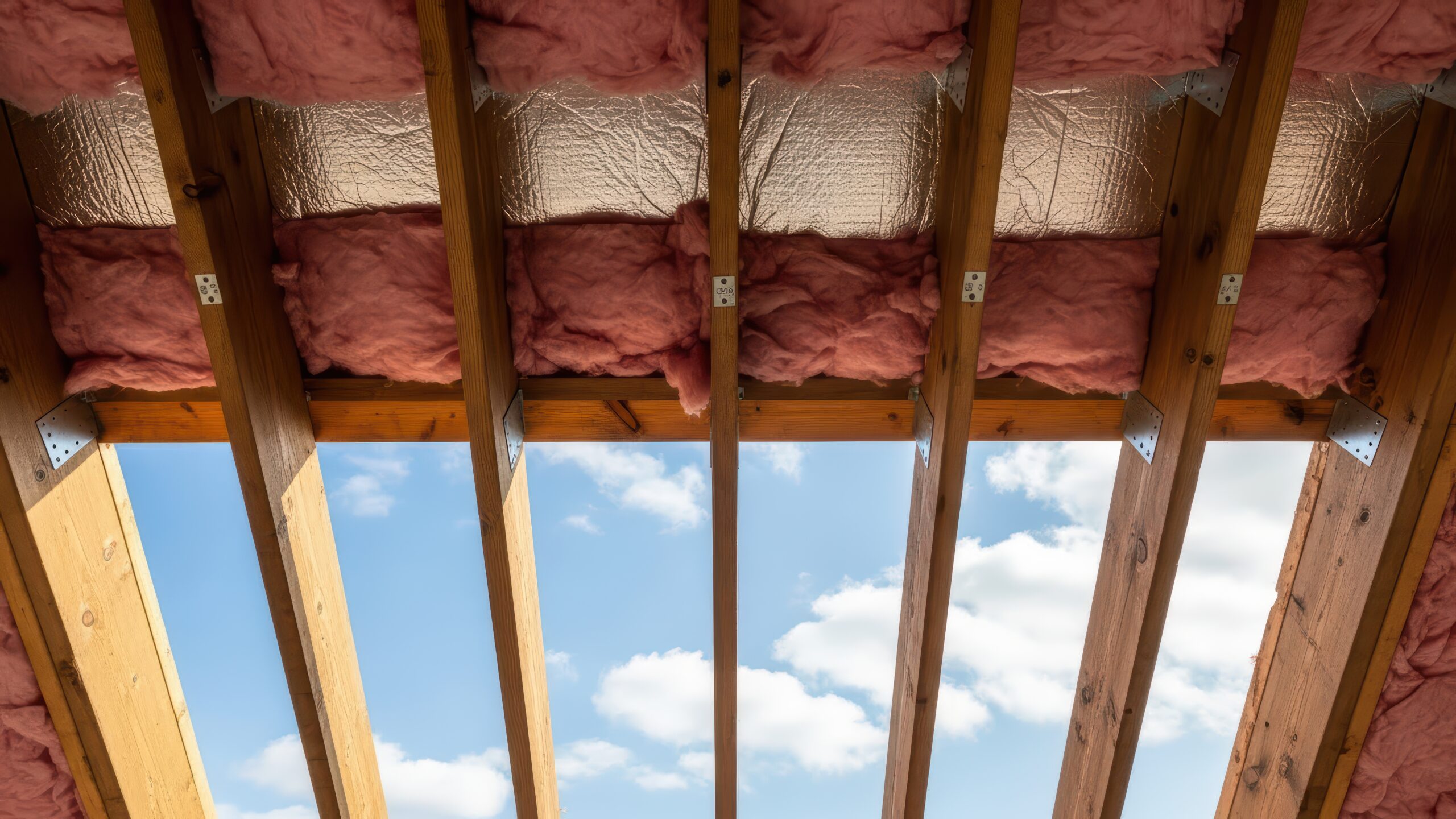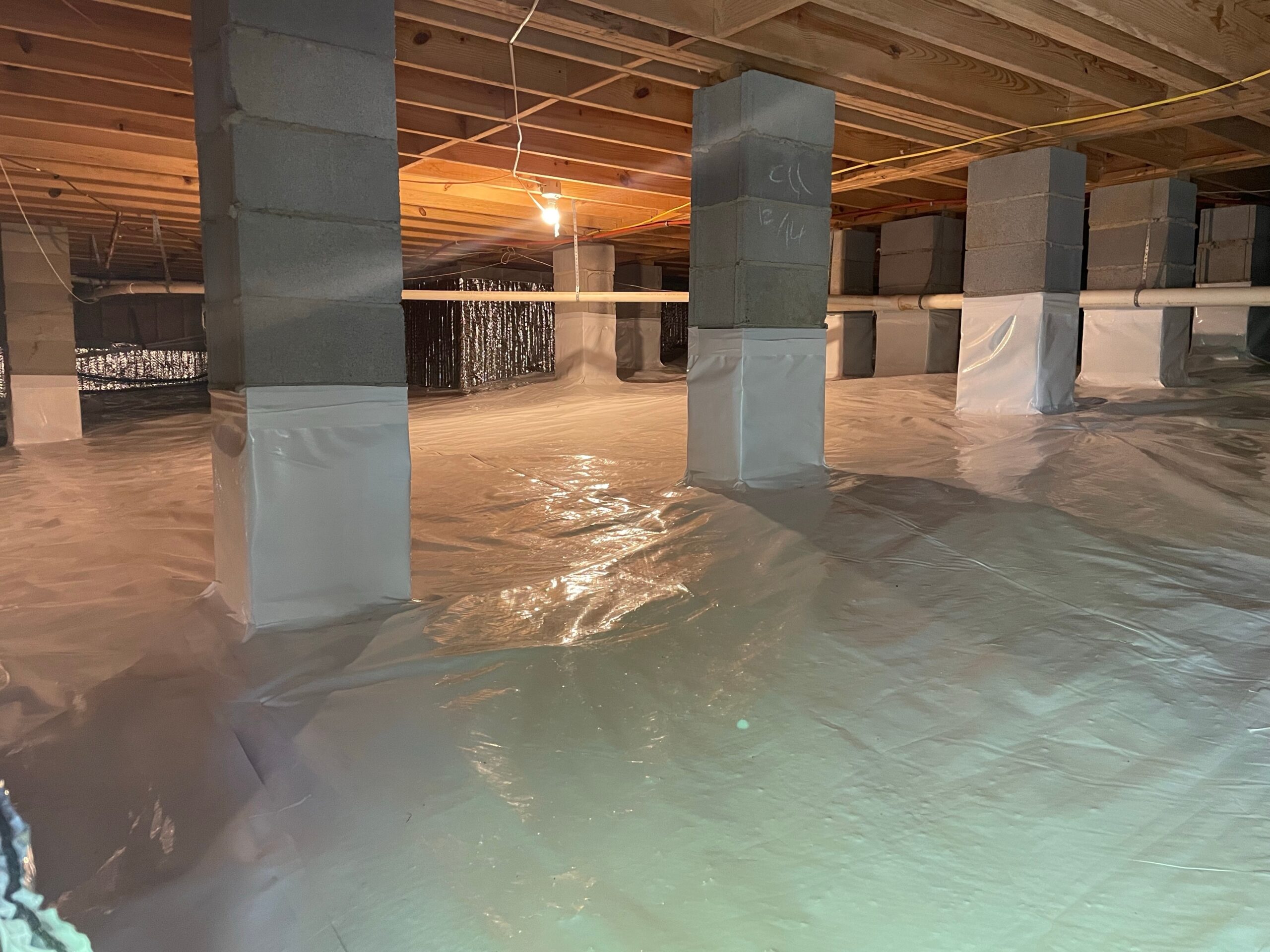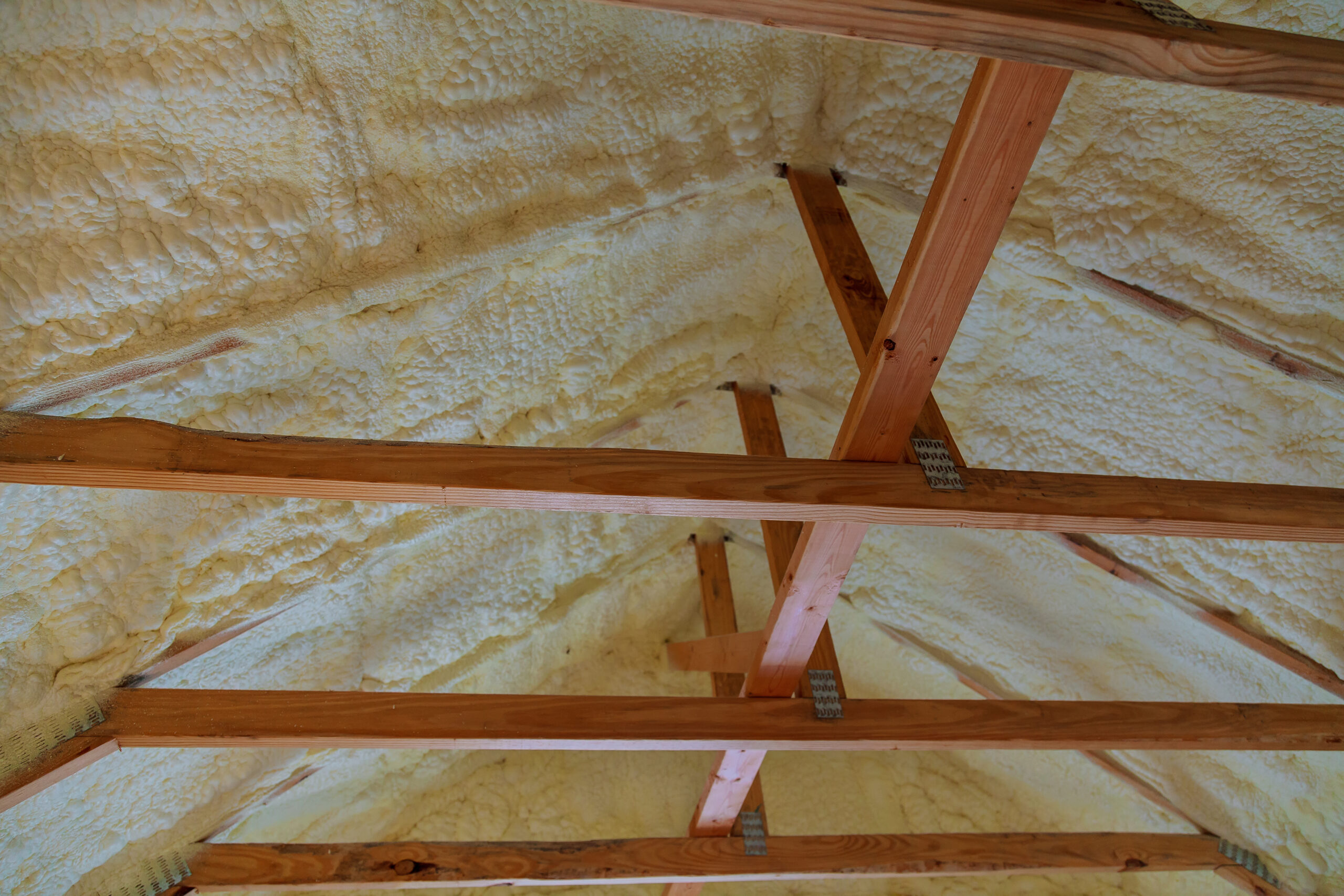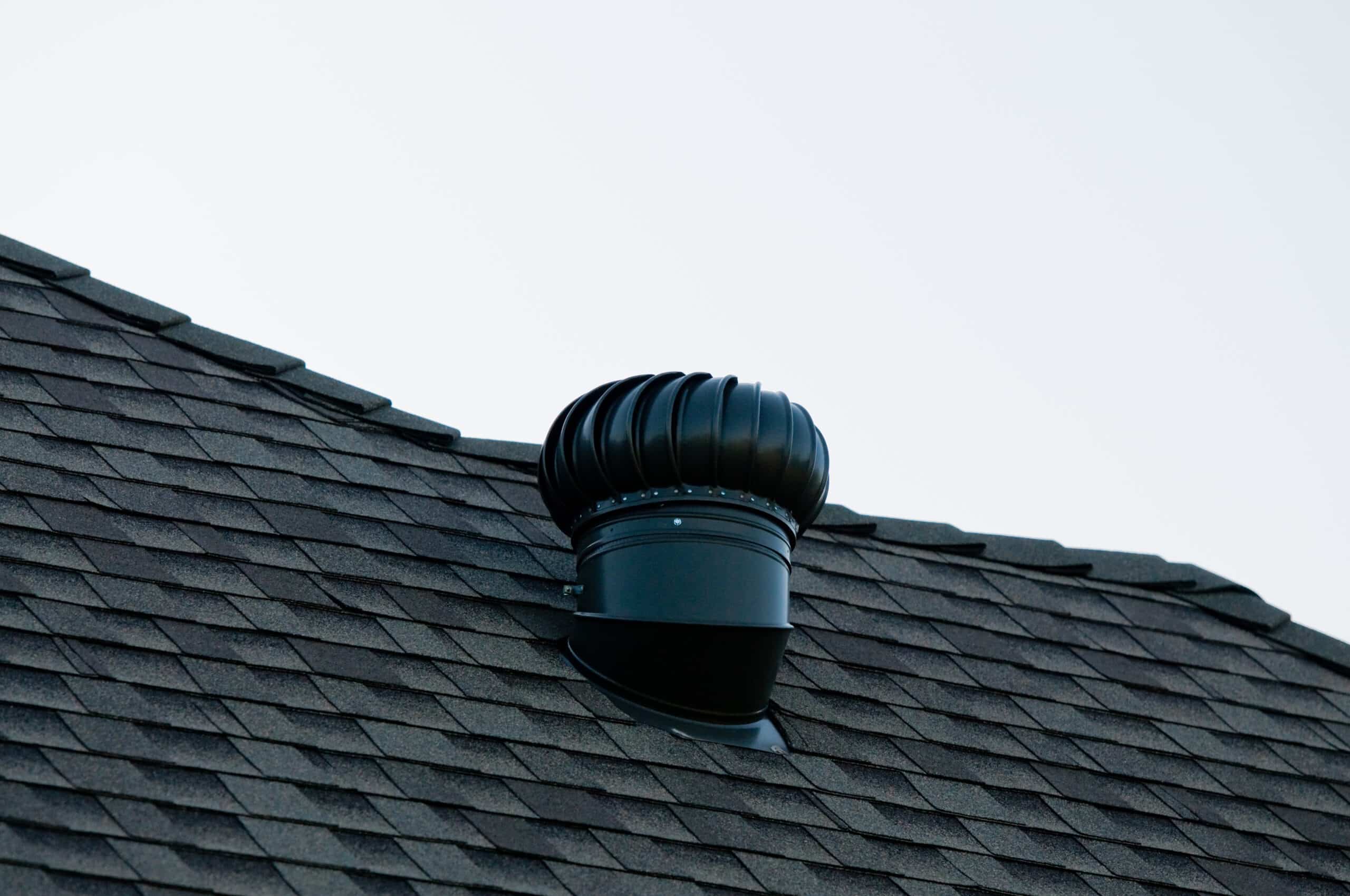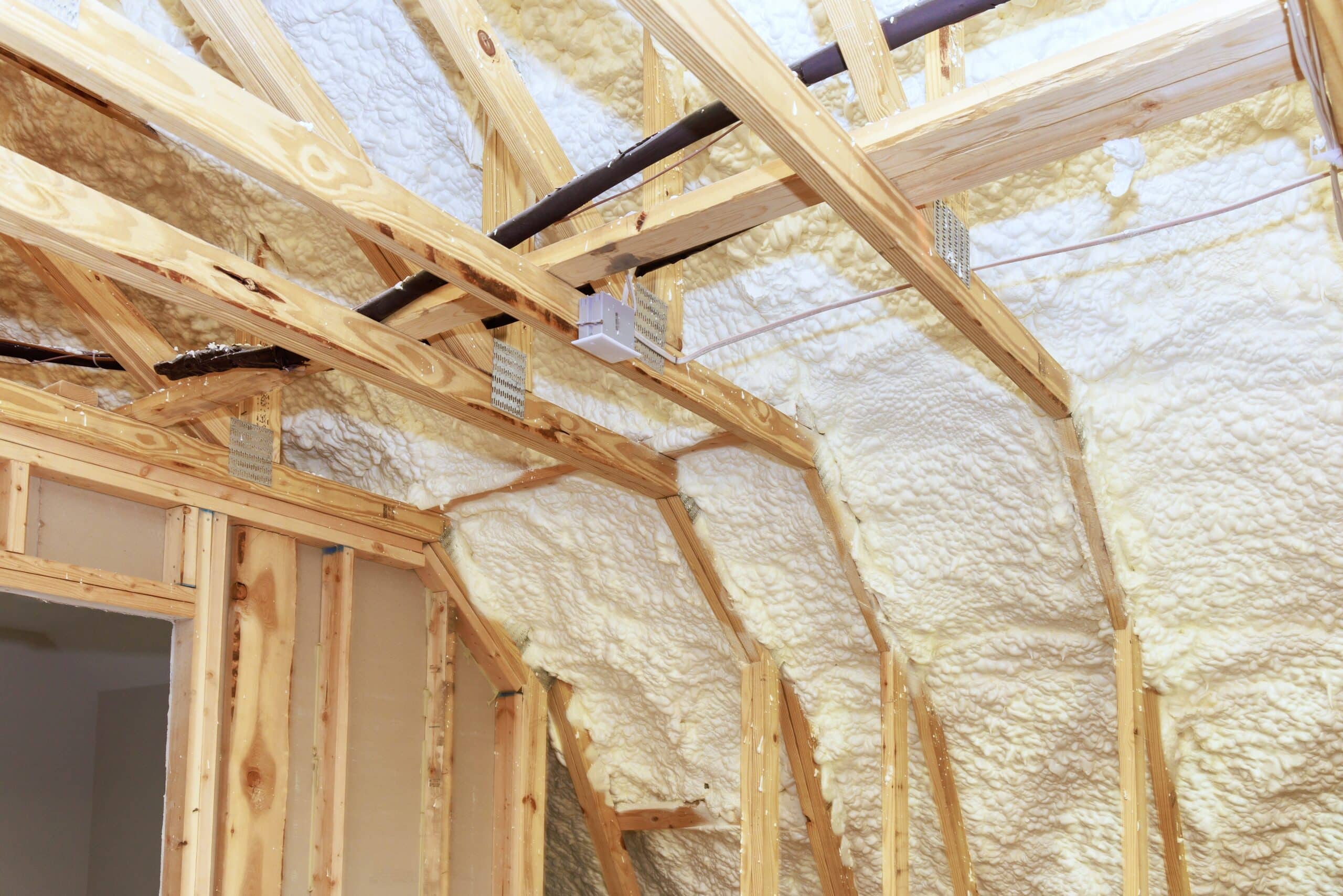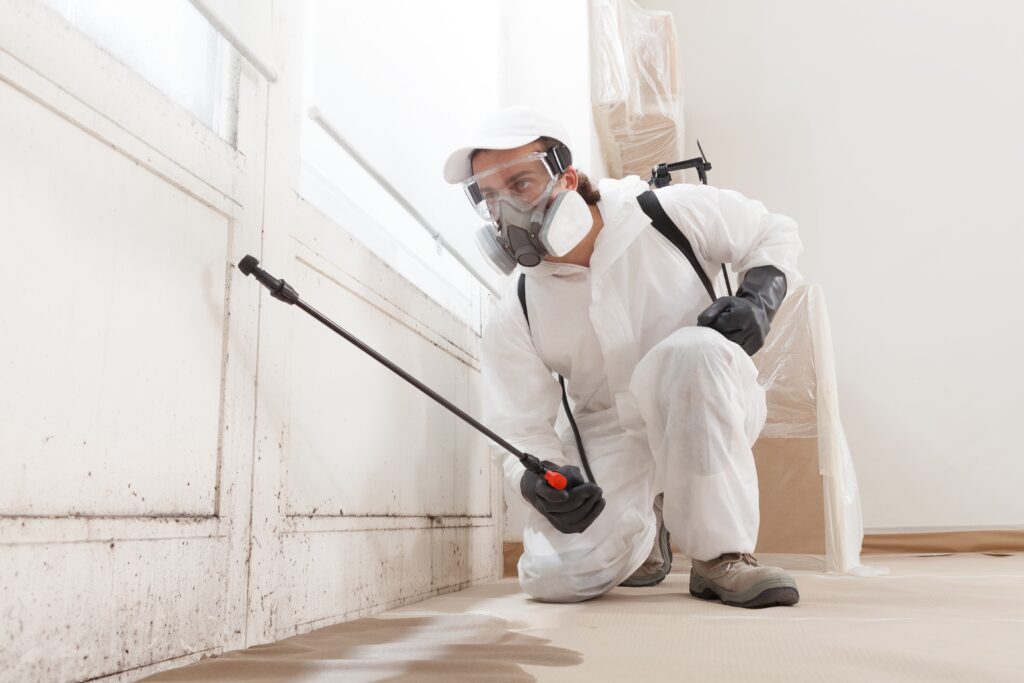
If you’ve ever dealt with mold in your home, you know how frustrating and concerning it can be. But when it comes to crawl spaces, mold can quickly become a hidden enemy, silently spreading and causing damage. Luckily, with proper crawl space mold remediation, you can stop mold before it takes over and protects your home from future problems.
In this blog, we’ll walk you through everything you need to know about crawl space mold remediation, why it’s important, and how you can get rid of mold before it causes harm to your home. Let’s dive right in!
What is Crawl Space Mold Remediation?
Crawl space mold remediation is the process of identifying, removing, and preventing mold growth in the crawl space under your home. Crawl spaces are often damp and dark, which creates the perfect environment for mold to grow. Over time, mold can cause damage to the structure of your home, create unpleasant odors, and even lead to health issues.
Mold can be a tricky problem, especially when it’s in your crawl space, where it’s not easy to spot. That’s why mold remediation is essential for maintaining a safe and healthy living environment.
Why Is Crawl Space Mold Remediation Important?
Taking care of mold in your crawl space is critical for several reasons:
- Health Concerns: Mold can affect indoor air quality and cause breathing problems, allergies, and other health issues, especially if you or your family members suffer from asthma or respiratory issues.
- Structural Damage: Mold doesn’t just grow on surfaces; it can also damage the materials that make up your home’s structure. Over time, mold can weaken wood, insulation, and even the foundation of your home.
- Odor Issues: Mold growth can lead to musty odors, which can spread throughout your home, making your living space unpleasant.
How Does Crawl Space Mold Grow?
Before we dive into the steps for crawl space mold remediation, it’s important to understand how mold grows. Mold thrives in damp and humid environments, making crawl spaces a prime location. The following factors can encourage mold growth:
- Moisture: Leaky pipes, poor drainage, or water seepage can introduce moisture into your crawl space, making it a perfect breeding ground for mold.
- Lack of Ventilation: Crawl spaces are often poorly ventilated. Without proper airflow, moisture can get trapped, allowing mold to spread easily.
- Temperature: Mold grows best in temperatures between 60°F and 80°F. If your crawl space stays within this range and is damp, it’s the perfect mold-growing environment.
By understanding these factors, you can better prepare for crawl space mold remediation before mold becomes a serious issue.
Steps to Crawl Space Mold Remediation
When it comes to crawl space mold remediation, taking the right steps is key to eliminating mold and keeping your crawl space dry. Here’s a step-by-step guide to the process:
Step 1: Identify the Mold Problem
The first step in crawl space mold remediation is identifying where the mold is growing. This can be challenging since mold often hides in dark, hard-to-reach areas. Look for signs of moisture, musty odors, or visible mold on the surfaces in the crawl space.
If you’re unsure whether you have mold, it’s always a good idea to hire a professional mold inspector to assess your crawl space.
Step 2: Remove the Mold
Once you’ve identified the mold, the next step is to remove it. Here’s what you’ll need:
- Protective gear like gloves, goggles, and a mask to prevent inhaling mold spores.
- Mold removal products or a mixture of water and detergent.
- Scrub brushes and a vacuum with a HEPA filter to clean up the mold.
If the mold is widespread, it’s best to call in a professional to handle the removal. Trying to clean it yourself could worsen the problem or expose you to harmful mold spores.
Step 3: Control the Moisture
After you’ve removed the mold, the next important step in crawl space mold remediation is controlling the moisture. Mold thrives in damp conditions, so you need to reduce the humidity in your crawl space.
- Install a Vapor Barrier: A vapor barrier is a plastic sheet that covers the dirt floor of your crawl space, preventing moisture from rising and creating a humid environment.
- Improve Ventilation: Ensure your crawl space has enough ventilation to allow air to circulate. This can help keep moisture levels down.
- Fix Water Leaks: Check for any leaks or standing water in your crawl space. Fixing leaky pipes or improving drainage can help prevent water from getting trapped.
Step 4: Inspect and Repair Structural Damage
Mold can cause significant damage to your crawl space’s structure. Once the mold is gone, take a close look at the wood beams, insulation, and foundation. If any of these materials have been weakened or damaged by mold, you may need to repair or replace them.
Step 5: Prevent Future Mold Growth
The last step in crawl space mold remediation is taking steps to prevent mold from returning. Here’s how:
- Control Humidity: Keep your crawl space’s humidity levels below 60% by using a dehumidifier if necessary.
- Seal Gaps and Cracks: Seal any gaps or cracks in your crawl space to keep moisture from seeping in.
- Regular Inspections: Make it a habit to check your crawl space periodically for signs of mold or moisture problems.
By following these steps, you can prevent mold from taking over your crawl space and causing further damage.
Crawl Space Mold Remediation Cost
When it comes to crawl space mold remediation cost, it can vary based on the severity of the mold problem, the size of your crawl space, and whether you need professional help. On average, crawl space mold remediation cost can range from $500 to $5,000.
Here’s what can affect the cost:
- Size of the Area: The larger the crawl space, the more it will cost to remediate.
- Extent of the Damage: If mold has spread significantly, more extensive remediation will be needed, which can increase the cost.
- Type of Mold: Some types of mold are more difficult to remove than others, affecting the overall price.
Although the cost may seem high, investing in crawl space mold remediation is important to avoid costly structural repairs in the future.
Contact us today for a free inspection!
Crawl space mold remediation is a necessary step to protect your home and family from the dangers of mold. By following the steps above, you can stop mold before it spreads and keep your crawl space dry and healthy. If you’re unsure where to start or need professional help, don’t hesitate to reach out for crawl space mold remediation services.
Don’t wait until mold becomes a bigger problem – protect your home today!
Looking to hire professional mold remediation services? Contact us now to get a free estimate and ensure your home stays safe and mold-free!
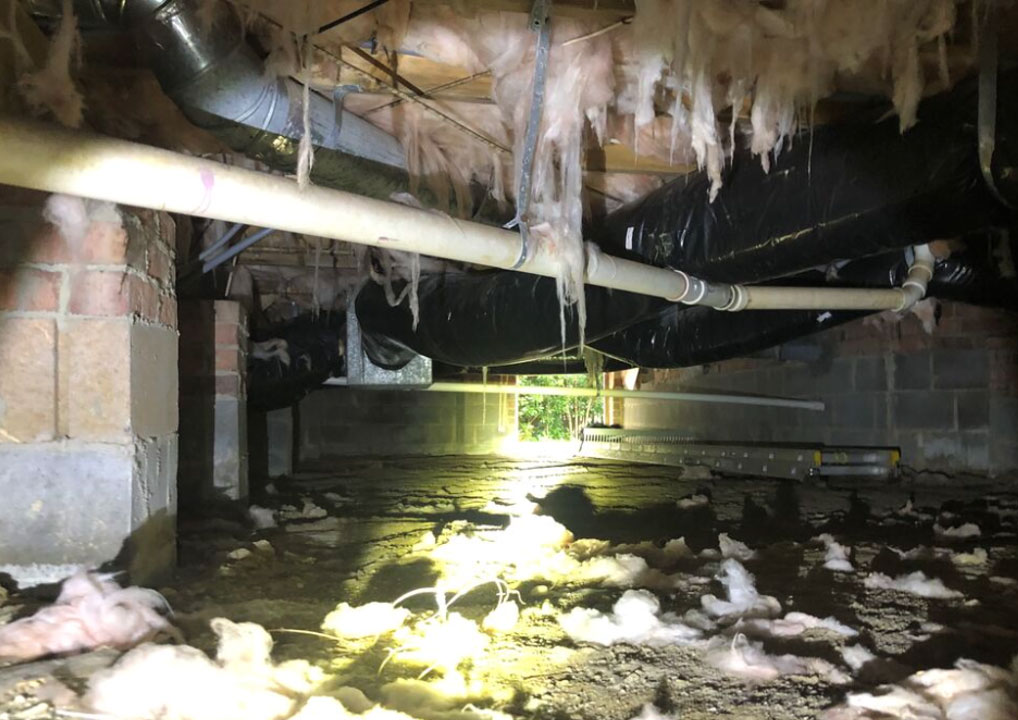

FAQs (Frequently Asked Questions):
What causes mold in a crawl space?
Mold in a crawl space is usually caused by excess moisture. This can come from leaks, poor ventilation, or humidity. Damp conditions create the perfect environment for mold to grow, making crawl spaces a common place for mold problems.
How do I know if I need crawl space mold remediation?
Signs that you need crawl space mold remediation include a musty odor, visible mold growth, or increased humidity levels. If you notice any of these signs, it’s best to inspect your crawl space and consider professional remediation.
Can I remove mold from my crawl space myself?
While you can attempt to remove small amounts of mold yourself using cleaning products, it's often safer and more effective to hire professionals for large mold issues. They have the right tools and expertise to remove mold safely and prevent further damage.
How much does crawl space mold remediation cost?
The cost for crawl space mold remediation can range from $500 to $5,000, depending on the extent of the mold growth and the size of the crawl space. Factors like the severity of the damage and the need for structural repairs can influence the final price.
How can I prevent mold from coming back in my crawl space?
To prevent mold from returning, keep humidity levels under 60%, fix any leaks, and improve ventilation in your crawl space. Installing a vapor barrier can also help keep moisture out and reduce the chances of mold growth.
Is crawl space mold dangerous to my health?
Yes, crawl space mold can be harmful to your health. Prolonged exposure to mold can cause respiratory issues, allergies, and worsen asthma. It's important to take action quickly to remove mold and ensure the air quality in your home is safe.

